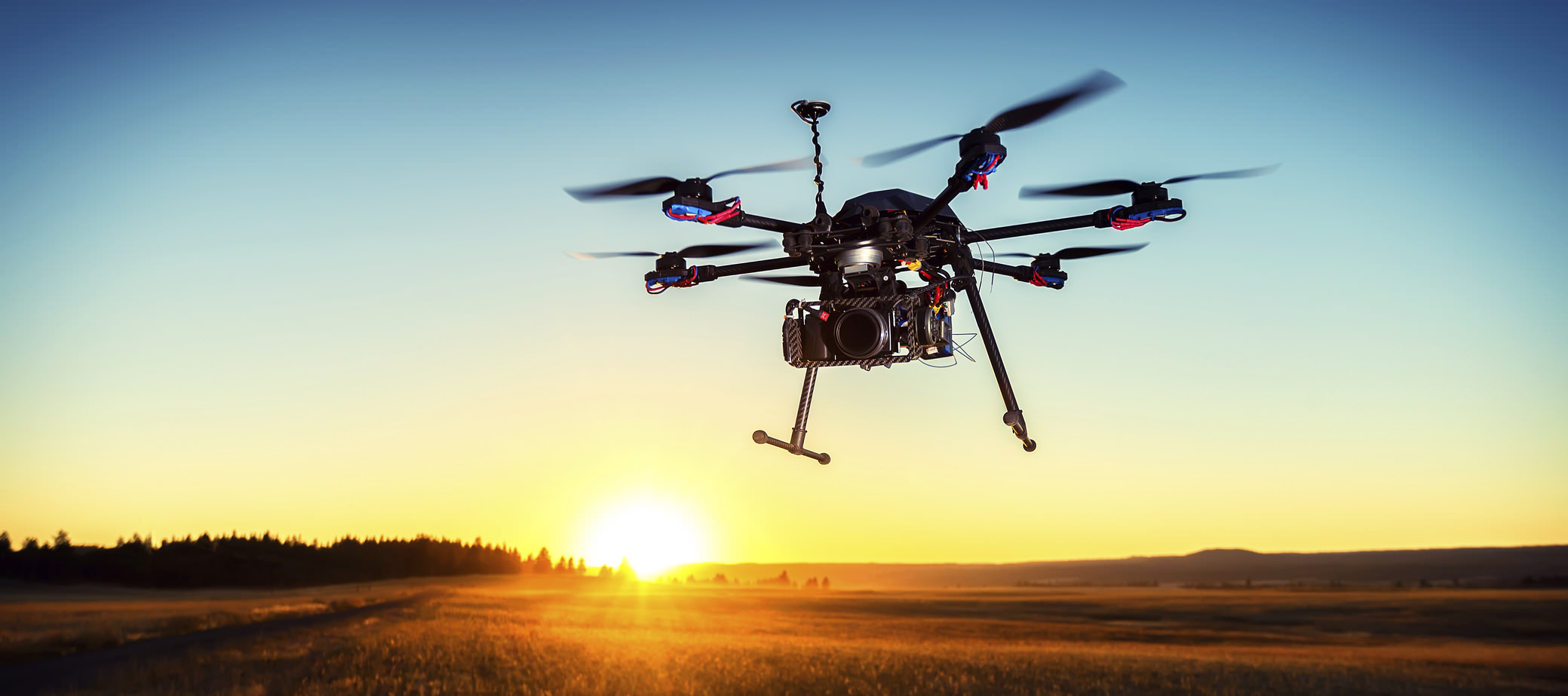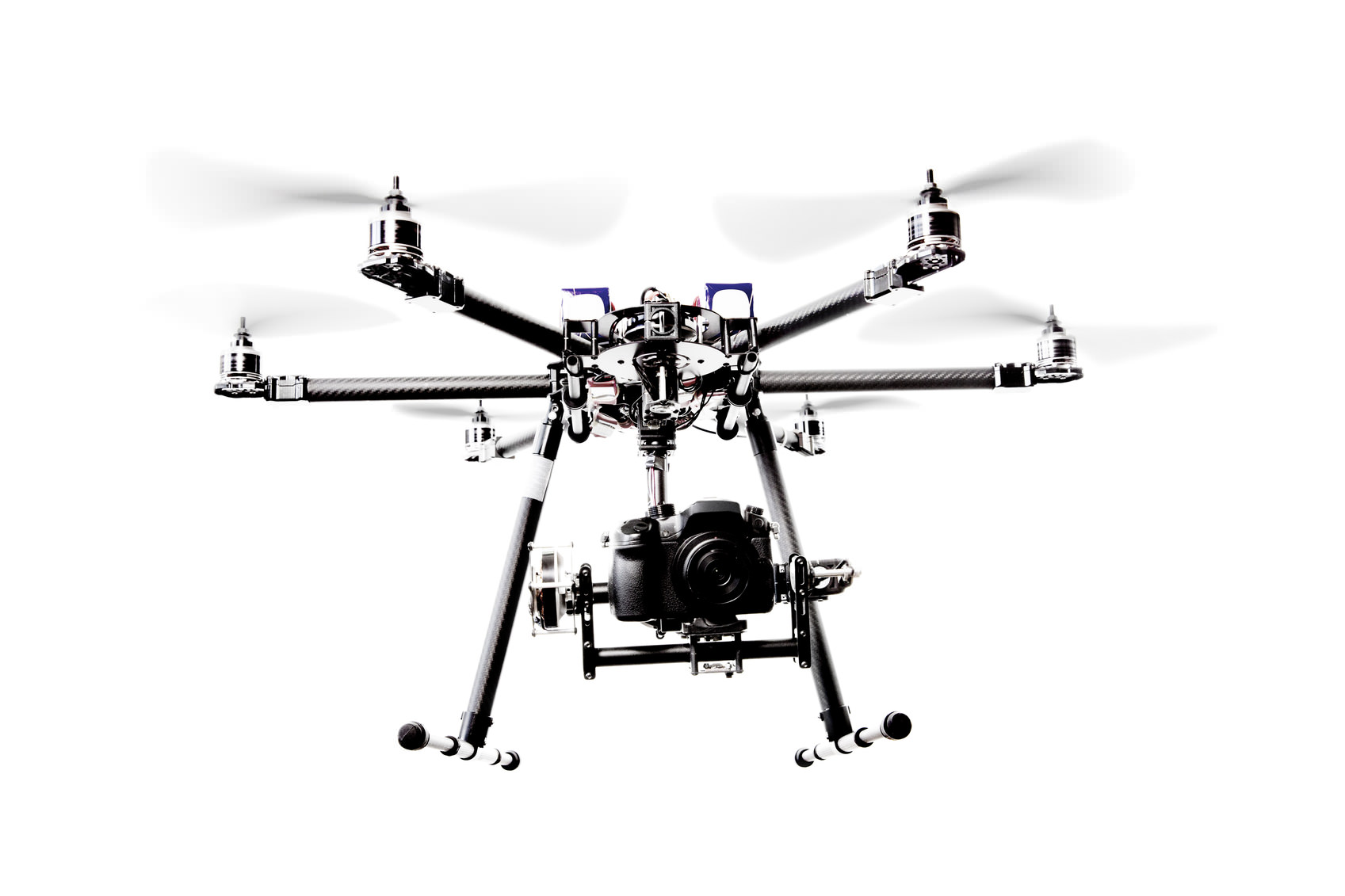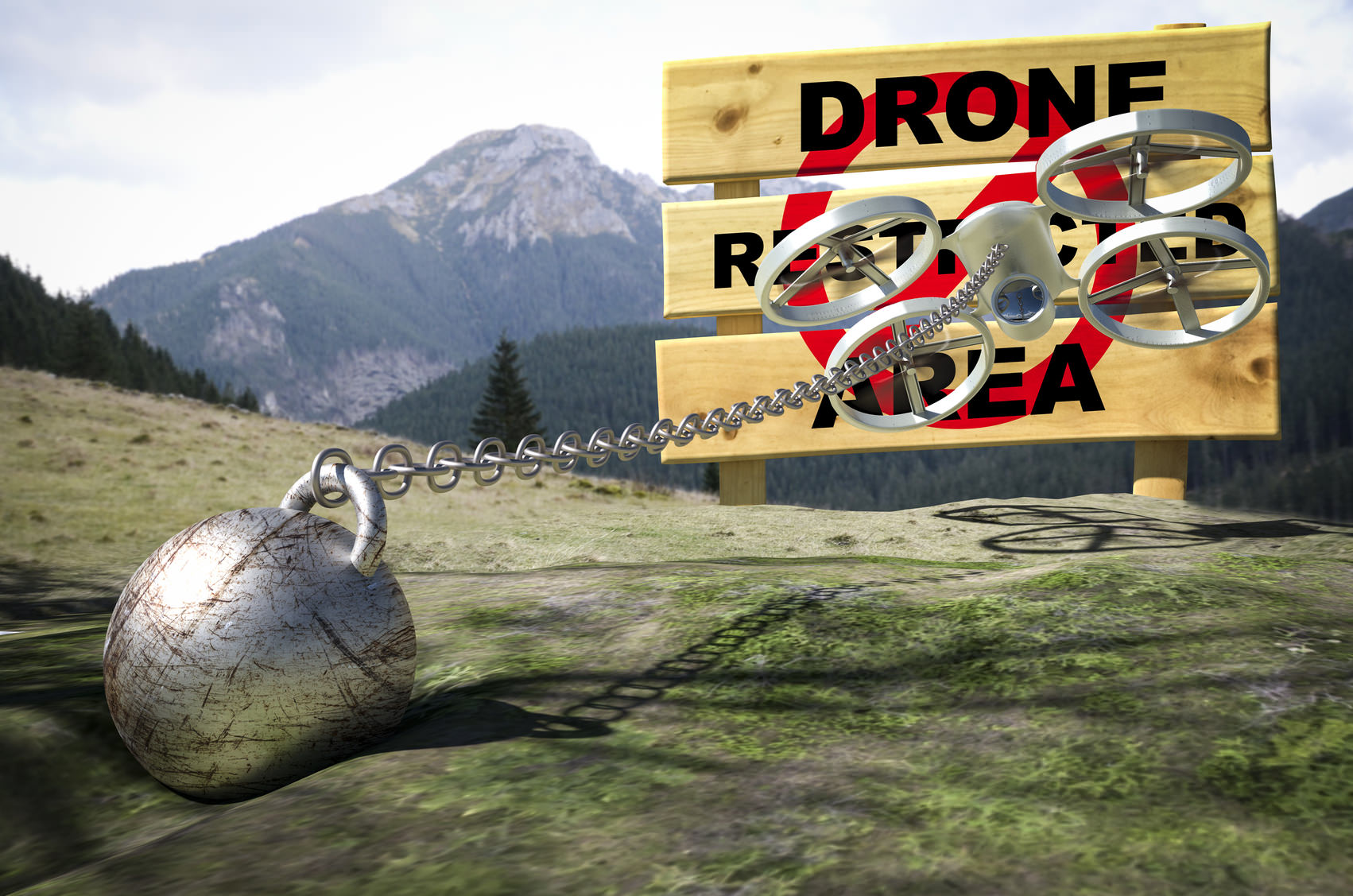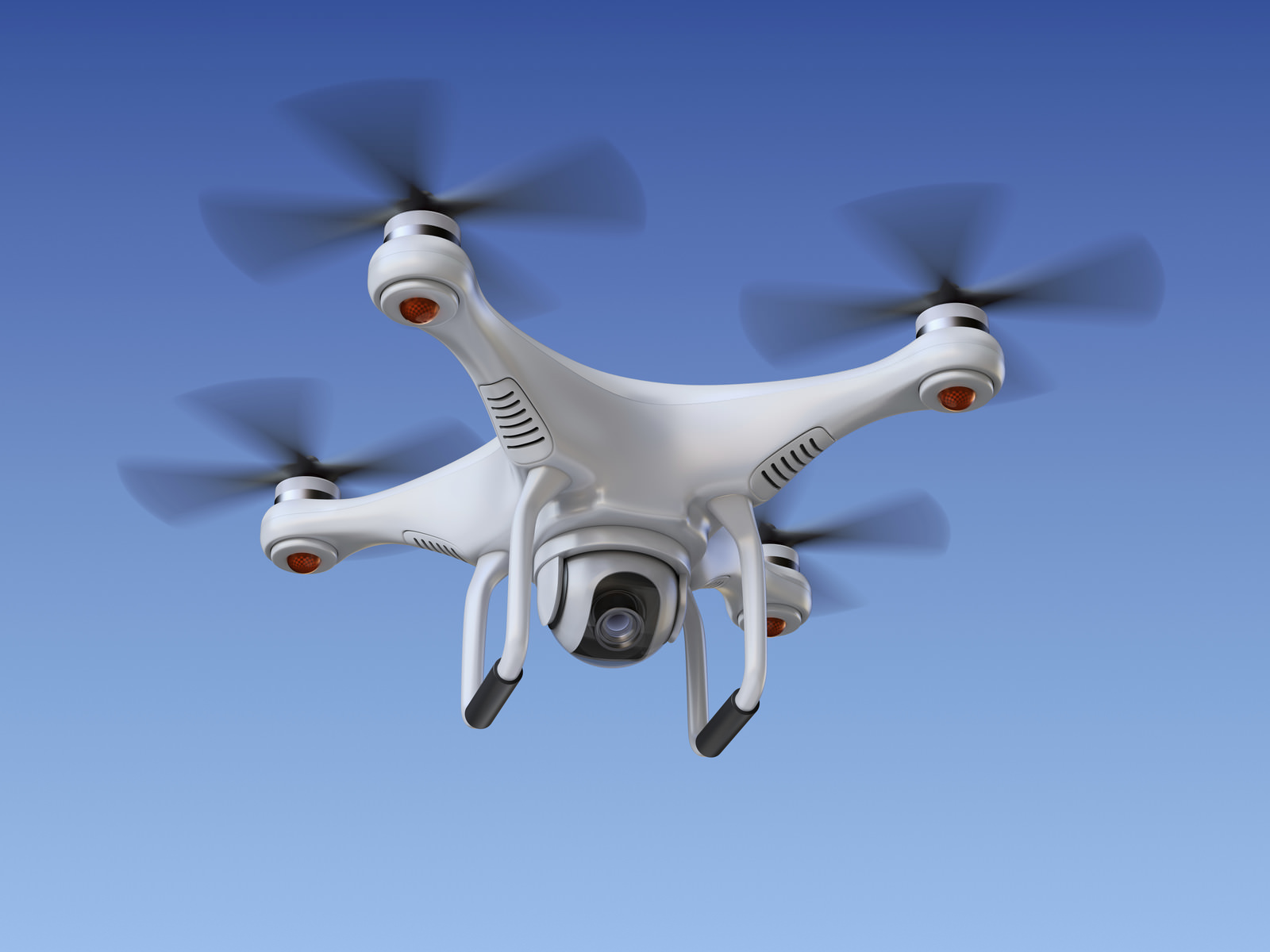Drone photography has certainly become a popular over the last few years. With that increased popularity has come increased oversight by the federal government. It has also led to a discussion about liability in the event that a drone crashes and ends up causing damage or injury.
Clearly, using a drone for photography is fun, but in light of new regulations and concerns about safety, it’s also an activity that shouldn’t be taken lightly.
If you’re in the market for a drone, there are a few things to consider first. Check mavic air review if you are looking for buying a drone under $1000.

It Needs FAA Registration
The Federal Aviation Administration (FAA) requires that all drones weighing more than .55 pounds and less than 55 pounds to be registered. Failure to register might result in stiff penalties, including civil judgments up to $27,500 and criminal penalties of up to 3 years in prison and/or a $250,000 fine.
Needless to say, before you put your drone up in the air to get aerial footage, be sure it’s registered properly. The registration fee is just $5, so you won’t be breaking the bank with it, and it can be done online in just a few minutes. You actually register your name, rather than the drone you’re flying, so as you get new drones in the future, you don’t have to worry about registration again.
Among other restrictions, you’re required to keep the drone at an altitude of 400 feet or less, and you can’t fly it within five miles of an airport. Again, violating these conditions could result in severe penalties. Other restrictions apply, so be sure to educate yourself thoroughly by visiting the FAA’s Small Unmanned Aircraft System Registration Page.
It Needs to Be Insured

Perhaps the most important question about using a drone is, “What happens if I crash it and cause damage to property or injure someone?”
It’s a scary proposition to think about, and one that should immediately have you thinking about insuring the drone because the last thing you want to do is have your drone crash into the crowd at a wedding and not have insurance to cover yourself. That’s where Package Choice Insurance comes in.
Package Choice insures your equipment from the drone itself to the camera attached to it (as well as all your typical photography gear). If your drone is stolen or accidentally broken, you’re covered as well. Perhaps more importantly, Package Choice Insurance protects your business from claims of injury by your clients or even the general public, and also protects you from damage to other people’s property, which is something you definitely need if you’re using a drone.
Additionally, insurance from Package Choice protects you from omissions and errors that covers situations such as an assistant or second shooter accidentally crashing your drone (assuming they are registered to fly it in the first place). Even better, Package Choice covers funding for a reshoot, so if things go awry, you can still provide your clients with the photography services they paid for. There are many other benefits of having your drone insured - check out the possibilities with Package Choice!
You Can’t Fly Them Wherever You Want

As noted above, you can’t fly a drone within five miles of an airport or above 400 feet. National Parks are off limits too, as are state parks in some states. Even county parks or city parks might have restrictions on flying drones. Many large cities, like New York, for example, have strict no-fly zones as well.
The moral of the story is that you may very well have a client that wants an aerial photo, but you might not be able to provide that service depending on where the client wants the photo taken. There are some online resources you can consult, such as AirMap, but it’s also good practice to check with local agencies or authorities before deploying your drone because there might be local or county ordinances that differ from state or federal regulations.
Flight Times are Limited

It’s easy to assume when you watch incredible drone-based videos that the drone is up there for hours getting incredible footage, but that’s just not the case. There are a few drones near the 30-minute mark for flying time, but the average is far less at around 20 minutes. Consider as well that this flight time is just the manufacturer’s estimate and that it was derived under perfect conditions - that is, no wind to drain the battery faster, no added weight to cause the drone to work harder, and the like. Given that, you might expect 10-15 minutes of flight time when it’s all said and done.
That means if you have a wedding to shoot, you won’t be able to document all the activities of the reception. If it’s a landscape you’re after, don’t think you can fly your drone around all day. The point is that drones are a lot of fun, but considering the flying restrictions, the need for insurance, and the registration requirements, it’s certainly a big responsibility to have one. When thinking about how a drone fits into your business model, think about these critical factors so you’re sure to be protected.
This article about "Buying Drones for Photography" was first published on our website here https://www.photographytalk.com/photography-articles/6902-getting-a-drone-here-are-4-things-to-consider-first